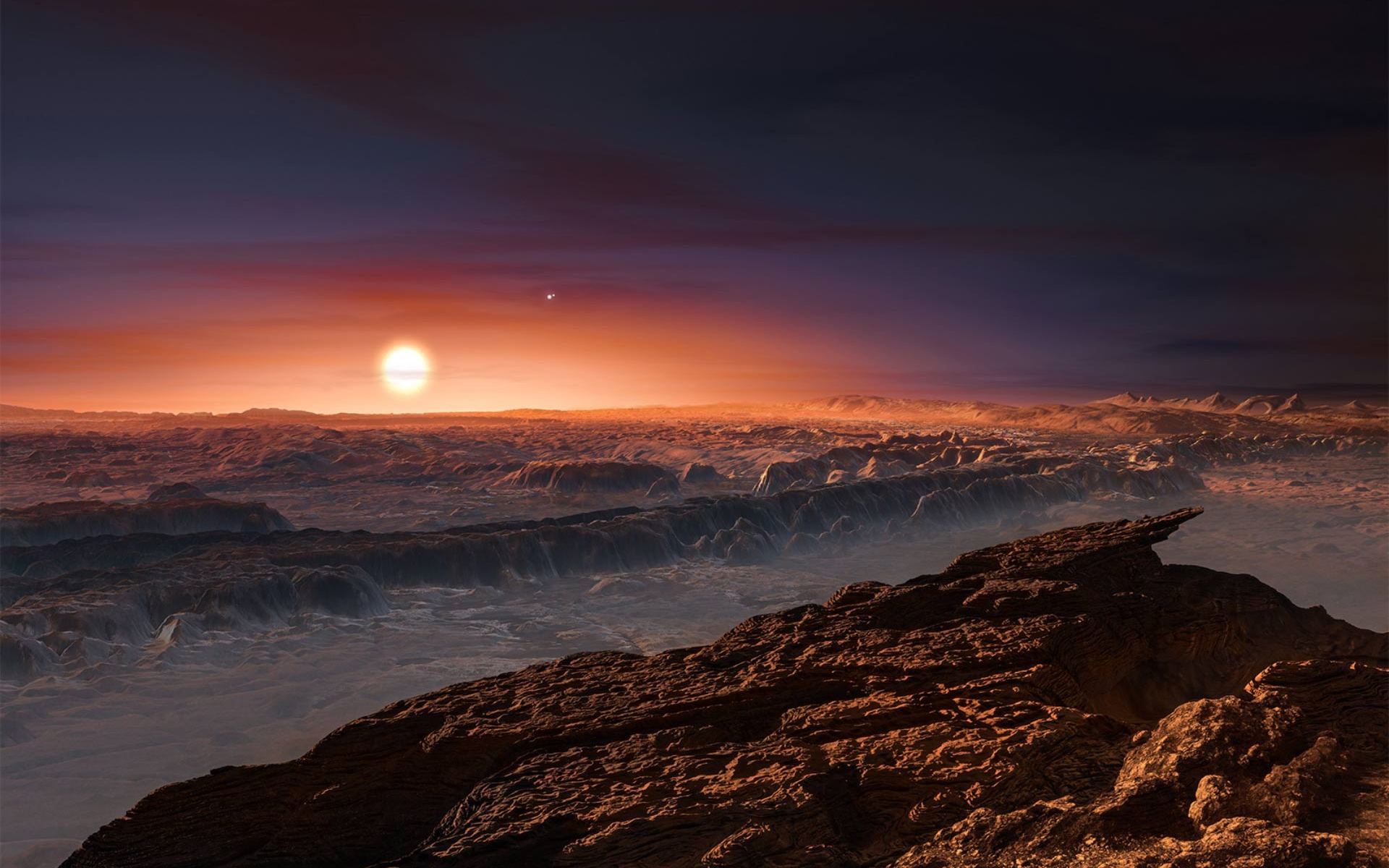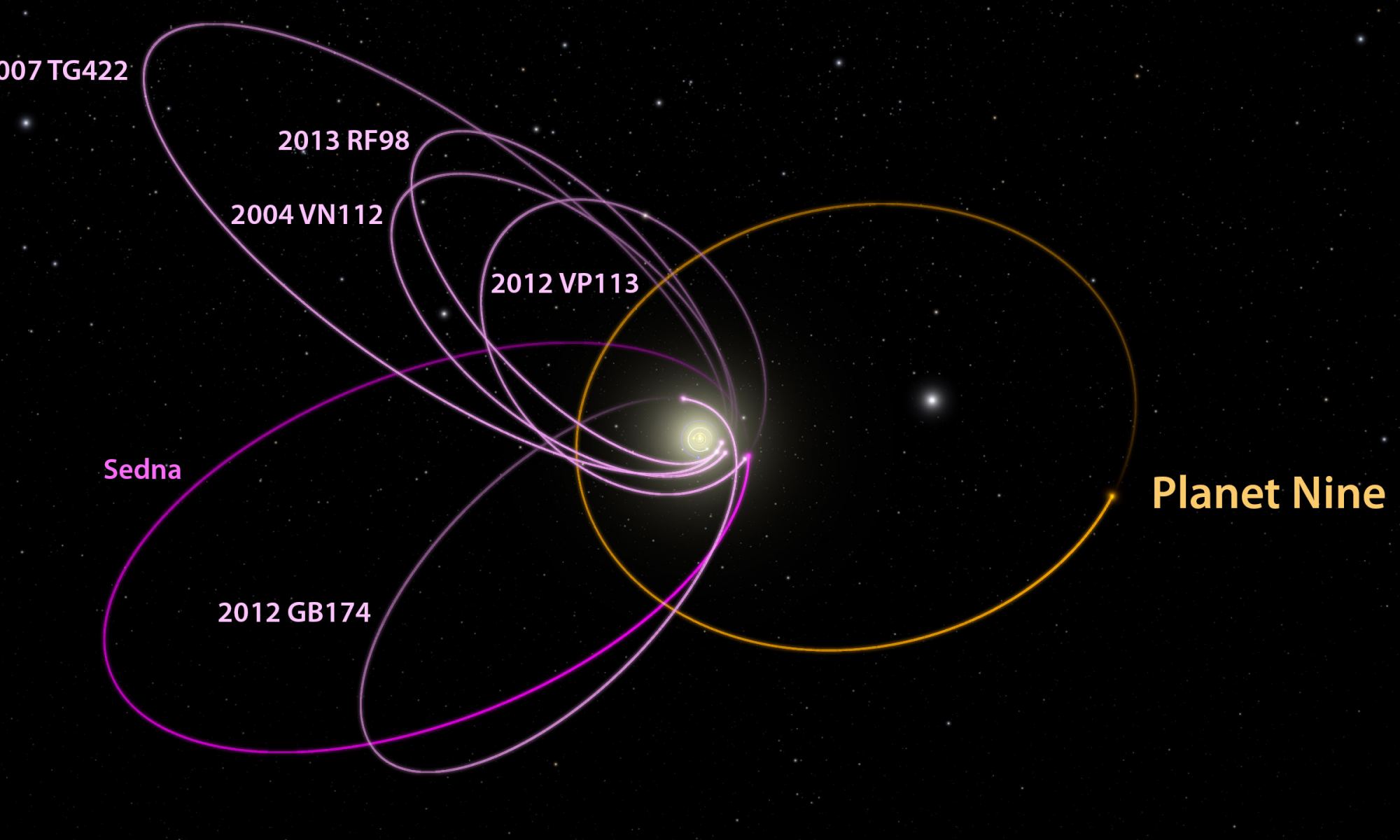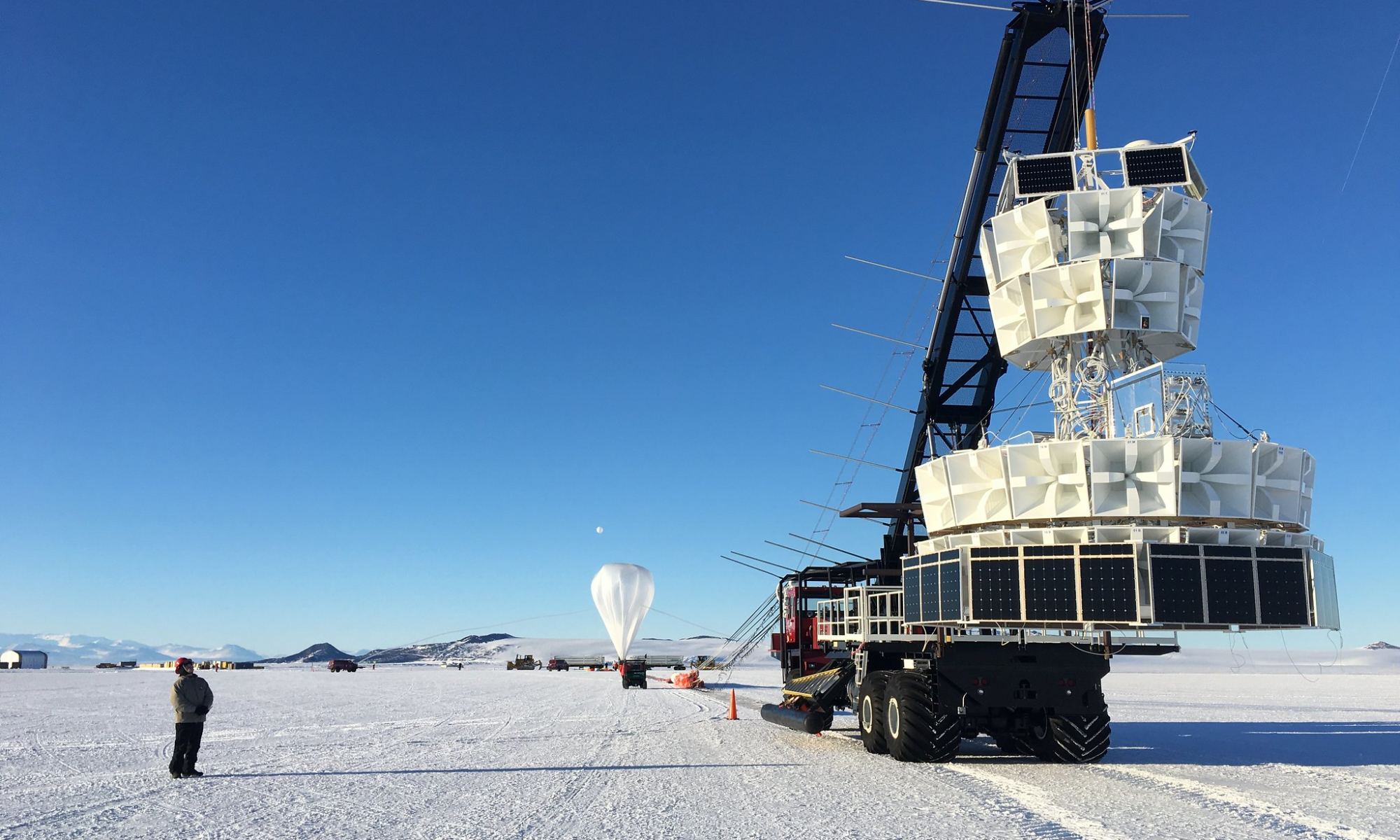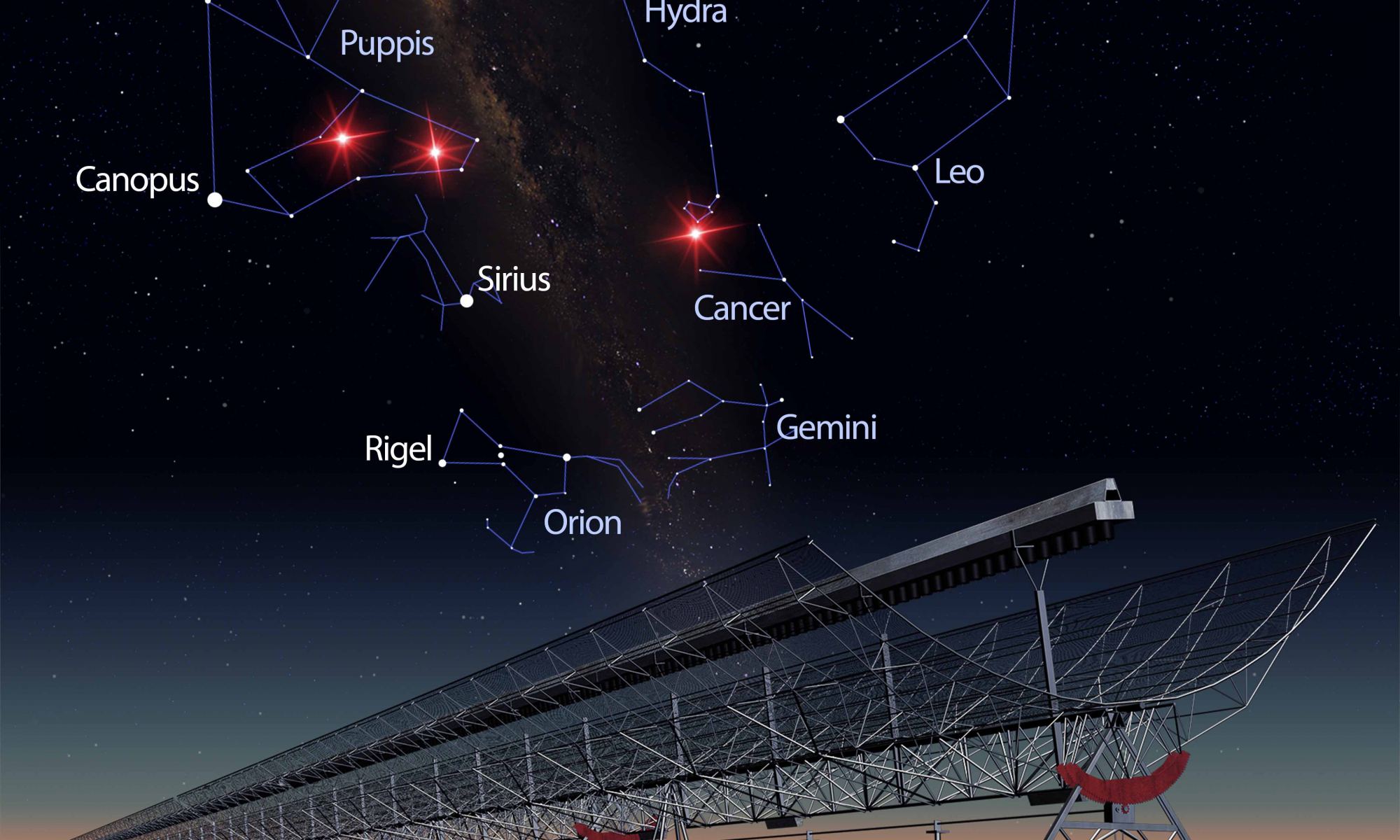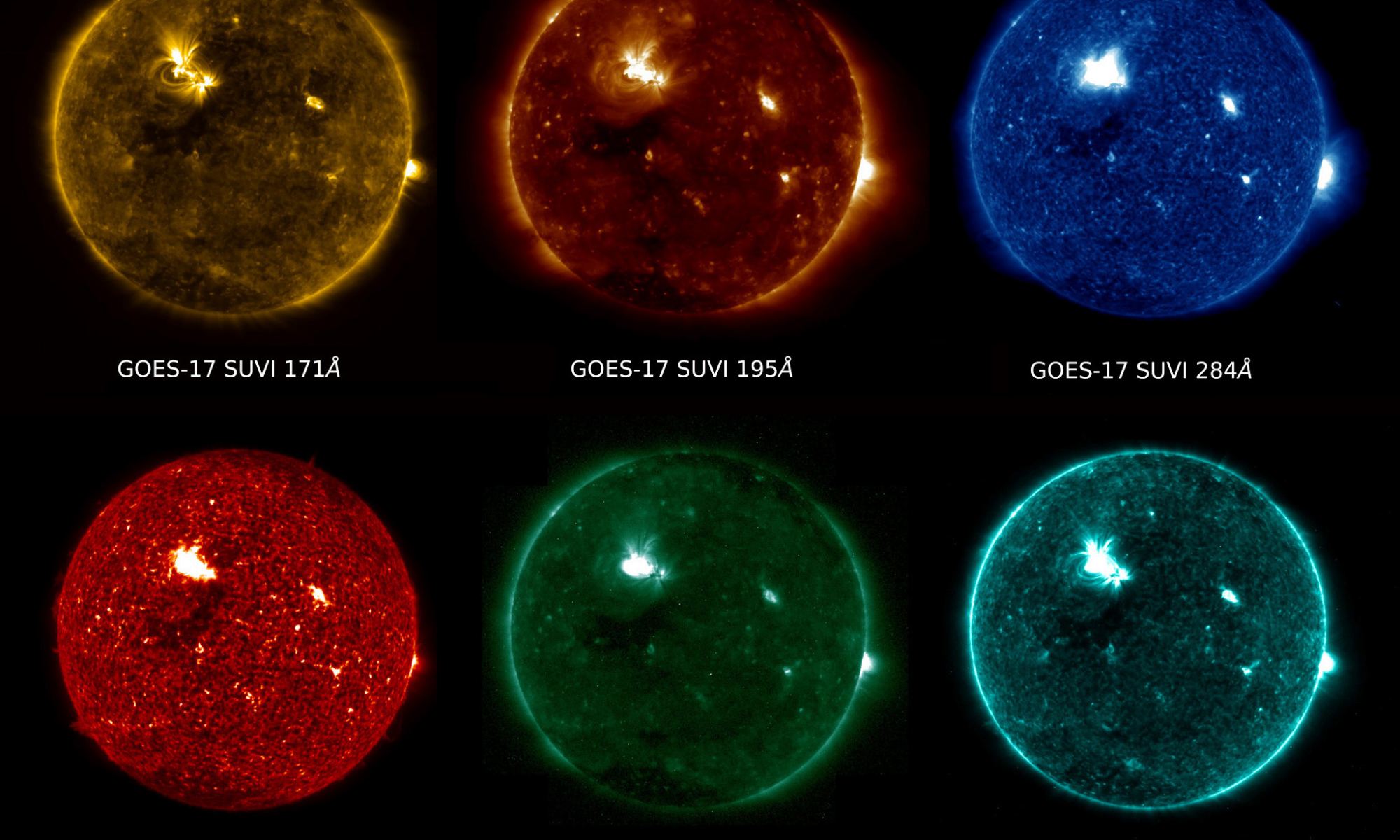In the standard model of cosmology, dark energy fills the universe. It causes the universe to expand at an ever-increasing rate, and it makes up more than 70% of the cosmos. But there’s a problem. When we measure the rate of cosmic expansion in different ways, we get results that disagree with each other.
Continue reading “A New Test Confirms Dark Energy and the Expansion of the Universe”Study of 200,000 Galaxies Reveals the Entire Universe Might Have Been Spinning in One Direction Early On

Almost everything in the universe spins. Planets rotate on their axis, stars spin around black holes, and galaxies spin in great spiral structures. But what about the universe as a whole?
Continue reading “Study of 200,000 Galaxies Reveals the Entire Universe Might Have Been Spinning in One Direction Early On”Powerful Telescope Confirms There’s an Earth-Sized World Orbiting Proxima Centauri
The closest star to the Sun is a small red dwarf star known as Proxima Centauri. It is only 4.2 light-years away and is now known to have an Earth-sized planet in its habitable zone. That doesn’t mean there is life orbiting the nearest star, but its proximity should help us understand the possibilities.
Continue reading “Powerful Telescope Confirms There’s an Earth-Sized World Orbiting Proxima Centauri”Maybe a Fleet of Tiny Spacecraft Could Help Detect a Primordial Black Hole Planet 9
There are eight classical planets in our solar system, from speedy Mercury to distant Neptune. There are also numerous dwarf planets, such as Pluto and Ceres. While we continue to find more dwarf planets, there are some hints that another large planet could lurk far beyond Neptune. This Planet Nine is thought to be a “super-Earth” about five times the mass of our planet, which would make it about twice as large as Earth. But despite several searches for the planet, it has not yet been found.
Continue reading “Maybe a Fleet of Tiny Spacecraft Could Help Detect a Primordial Black Hole Planet 9”Hundreds of New Gravitational Lenses Discovered to Help Study the Distant Universe
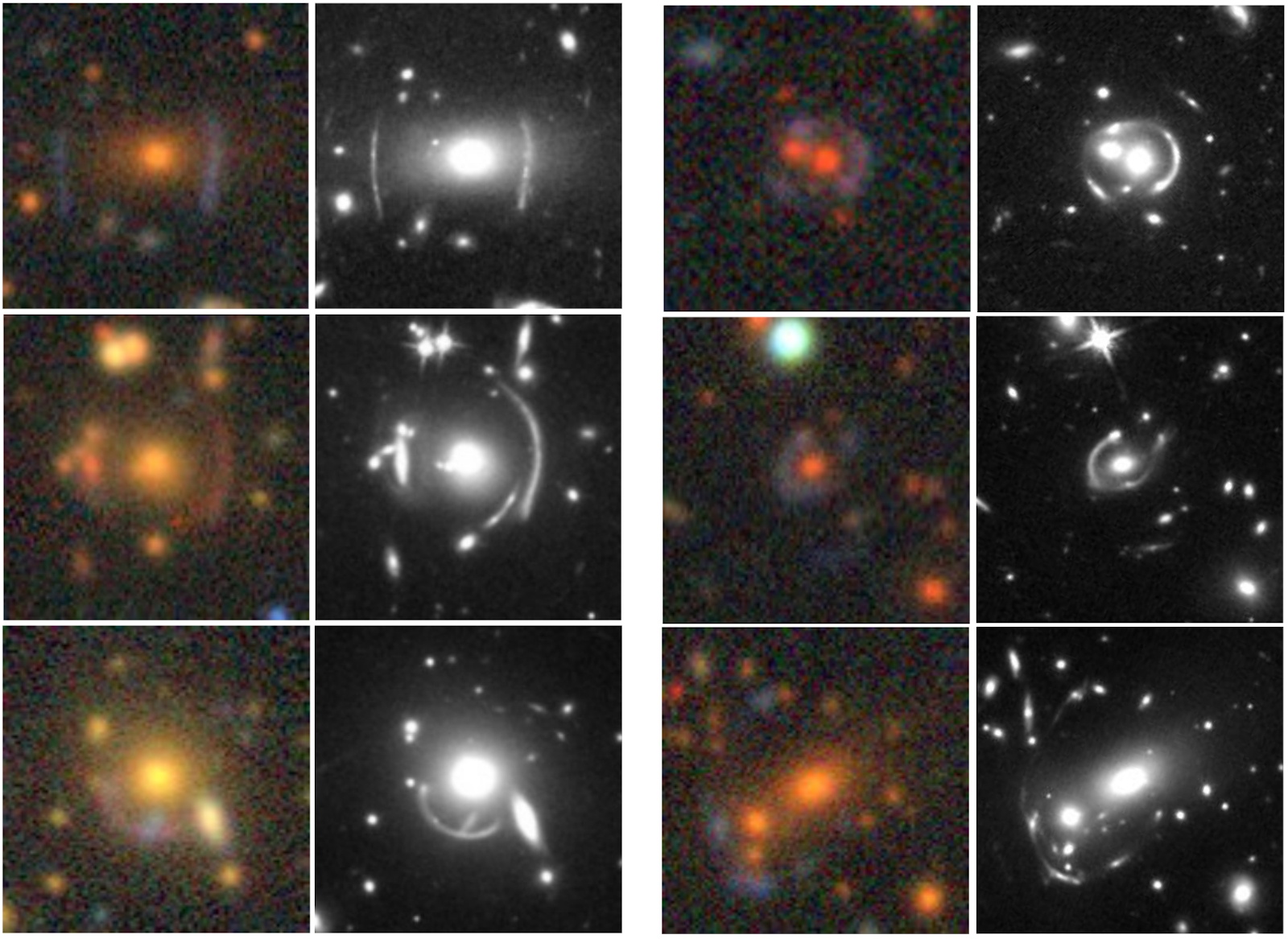
General relativity tells us that everything, even light, is affected by the mass of an object. When a beam of light passes near a large mass, its path is deflected. This shift in the direction of light is known as gravitational lensing, and it was one of the first confirmed effects of Einstein’s theory.
Continue reading “Hundreds of New Gravitational Lenses Discovered to Help Study the Distant Universe”The Tunguska Explosion Could Have Been Caused By An Asteroid That Still Orbits The Sun
On a cool Summer morning in 1908, a fireball appeared over Northern Siberia. Eyewitnesses described a column of blue light that moved across the sky, followed by a tremendous explosion. The explosion leveled trees across more than 2,000 square kilometers. The explosion is consistent with a large meteor strike, but to this day no evidence of a crater has been found. Now known as the Tunguska Event, its cause remains a mystery to this day.
Continue reading “The Tunguska Explosion Could Have Been Caused By An Asteroid That Still Orbits The Sun”High Energy Neutrinos Are Coming From Supermassive Black Holes
Neutrinos are mysterious and elusive particles. They have a tiny mass, no electric charge, and they interact with other matter only rarely. They are also extremely common. At any moment, about 100 billion neutrinos are streaming through every square centimeter of your body. Neutrinos were produced by the big bang, and are still being produced by everything from stars to supernovae.
Continue reading “High Energy Neutrinos Are Coming From Supermassive Black Holes”One Step Closer to Interstellar Travel. A Successful Microgravity Test of a Graphene Light Sail

If we want to travel to the stars, we’re going to have to be creative. Conventional rockets aren’t nearly powerful enough to allow us to journey across light-years in a reasonable time. Even nuclear rockets might not be enough. So what’s humanity to do? The answer could be a light sail.
Continue reading “One Step Closer to Interstellar Travel. A Successful Microgravity Test of a Graphene Light Sail”A Fast Radio Burst Has Been Detected From Inside The Milky Way
Now and then there are bright flashes of radio light in the sky, and they are bothering astronomers. They are called Fast Radio Bursts (FRBs), and they’re like the chirp of a smoke alarm that needs its battery changed. They last for such a short time that it’s difficult to track down the source. They have become a nagging mystery in astronomy.
Continue reading “A Fast Radio Burst Has Been Detected From Inside The Milky Way”The Sun is less active magnetically than other stars
Our Sun is the source of life on Earth. Its calm glow across billions of years has allowed life to evolve and flourish on our world. This does not mean our Sun doesn’t have an active side. We have observed massive solar flares, such as the 1859 Carrington event, which produced northern lights as far south as the Caribbean, and drove electrical currents in telegraph lines. If such a flare occurred in Earth’s direction today, it would devastate our electrical infrastructure. But fortunately for us, the Sun is mostly calm. Unusually calm when compared to other stars.
Continue reading “The Sun is less active magnetically than other stars”

